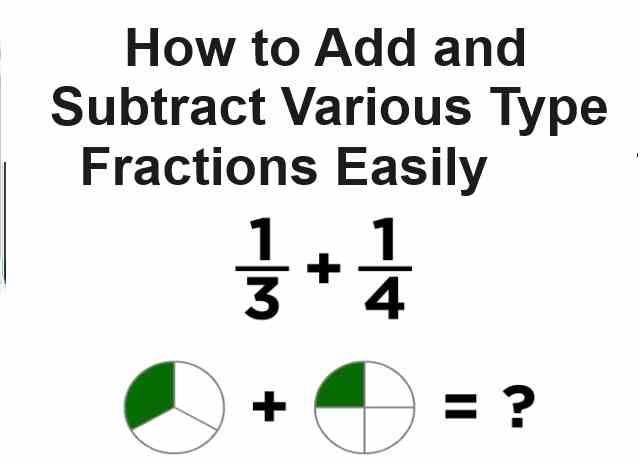Transpiration ICSE Progress Check Class-10 Concise Selina Solutions Chapter-5. We Provide Answer of Progress Check 1, 2, 3, 4, MCQs, Very Short Answer Type, Short Answer Type, Long Answer Type Questions and Structured / Applications / Skill Type Questions of Exercise-5 Transpiration ICSE Class-10 Concise. Visit official Website CISCE for detail information about ICSE Board Class-10.
| Board | ICSE |
| Publications | Selina Publishers PVT LTD |
| Subject | Concise Biology |
| Class | 10th |
| writer | HS Vishnoi |
| Chapter-5 | Transpiration |
| Topics | Solutions of Progress Check 1, 2, 3, 4, MCQs, Very Short ,Descriptive and Structural/Skill Questions |
| Edition | 2021-2022 |
Transpiration ICSE Progress Check Class-10 Concise Selina Solutions Chapter-5
-: Select Topics :-
Progress Check-1
Progress Check-2
Progress Check-3
Progress Check-4
MCQs, Very Short ,Descriptive and Structural/Skill Questions
Progress Check-1
Transpiration ICSE Progress Check Class-10 Concise Selina Solutions Chapter-5
Page 58
Question 1:
Transpiration is best defined as (tick-mark the correct option).
(a) loss of water from the plant.
(b) loss of water as vapour from the plants.
(c) evaporation of water from the surface of leaves.
Answer :
(b) loss of water as vapour from the plants. [Correct]
Question 2:
In one of the experiments to demonstrate transpiration, we used cobalt chloride paper. What are the characteristics of this paper that suit the experiment?
Answer :
Question 3:
Look at the experiment shown in Fig. 5.4. suppose you took a single flower with a long stalk dipping in water, instead of a leaf twig. Will it serve the purpose ?
Yes/No. Give reason.
Answer :
No , Plant will be died without leaf and no transpiration occur.
Question 4:
(a) Introducing the air bubble is not very easy.
(b) The twig may not remain fully alive for a long time.
Progress Check-2
Transpiration ICSE Progress Check Class-10 Concise Selina Solutions Chapter-5
Page 60
Question 1:
From the following list, pick out the parts through which the water vapour of transpiration leaves the leaf and rearrange them in proper sequence.
Xylem vessels, mesophyll cells, stoma, intercellular space and substomatal space.
Answer :
In the proper sequence Stoma mesophyll cell xylem substomatal space intracellular space
(a) stoma found bottom of the plant leaf
(b) mesophyll cell are found in the centre of leaf
(c) xylem is a vascular tube which carried the water and nutrient from the root of the plant
Question 2:
Does diffusion play a role in the passage of water vapour from the leaf during transpiration ? If so, how ?
Answer :
During transpiration, diffusion of water vapors from intercellular spaces to the atmosphere occurs through stomata. Low water potential is generated in surrounding atmosphere of leaves due to transpiration.
Question 3:
In any experiment to demonstrate transpiration the leaf must remain attached to its parent plant. Why is this so?
Answer :
A leaf must be attached to the parent plant at all times to show transpiration, because as soon as a leaf is detached from the plant it will be cut off from hormones and minerals. The result of this is that senescence (and death) sets in straight away.
Question 4:
Out of the three kinds of transpiration, which one is maximum and which one is minimum?
(i) Maximum ………………….
(ii) Minimum ………………..
Answer :
The three major types of transpiration are:
(a) Stomatal Transpiration
(b) Lenticular Transpiration and
(c) Cuticular Transpiration.
Maximum transpiration occurs through stomata.So stomatal transpiration is maximum.
Minimum transpiration occurs through cuticles of the plants so cuticular transpiration is the minimum one.
Progress Check-3
Chapter 5 Transpiration Selina Biology Solution for ICSE Class 10
Page 61
Question 1:
How will the following conditions affect transpiration ?
(i) Still air
(ii) Midday high temperature
(iii) Dry air
(iv) Dim sunlight
(v) Insufficient absorption of water by the roots.
Answer :
(i) In still air the rate of transpiration is low.
(ii) During such temperature, the stoma is opened up and a high amount of water is released to the environment.
(iii) The rate of transpiration is reduced in humid air and increase proportionately in dry air.
(iv) Leads to fall of transpiration and thus helps in water conservation by the plant.
(v) No or less amount of water is allowed to escape in the environment.
Question 2:
List any three adaptations in plants to reduce transpiration.
Answer :
1. Sunken stomata
2. Modification of leaves into spines
3. Presence of thick cuticle
Progress Check-4
Transpiration ICSE Progress Check Class-10 Concise Selina Solutions Chapter-5
Page 63
Question 1:
List any four advantages of transpiration to the plant.
Answer :
(a) As transpiration helps in cooling of surrounding atmosphere by loss of water in form of droplets which is sending out excess of water.
(b) Movement of water and nutrients required for plant.
(c) Helps in exchange of gases.
(d) Osmotic balance is maintained perfectly in plant
Question 2:
How would you justify the statement that transpiration contributes in bringing rain?
Answer :
Transpiration release a lot of water vapour to the atmosphere and as the vapour rises up to the atmosphere it condenses
Gradually as it further rises and it forms clouds(along with dust particles), hence causing rainfall is caused.
Question 3:
Differentiate between guttation and transpiration.
Answer :
Differentiate between guttation and transpiration :
| Guttation | Transpiration |
| Cannot be regulated as hydathodes do not open or close. | Can be checked by the opening and closing of stomata. |
| It occurs during early morning or at night. | It occurs during the day. |
| Takes place at low temperatures. | Takes place at high temperature |
| Resisted by dry conditions. | Dry conditions favor it |
| Guttation never results in wilting. | Excessive transpiration results in wilting. |
| Water lost in guttation is not diffusion. | Water lost in transpiration through simple diffusion. |
| Guttation takes place through hydathodes. | Transpiration occurs through the stomata and lenticels. |
Question 4:
Plants have no blood, yet we sometimes say that a plant is “bleeding”. How do you justify this ?
Answer :




